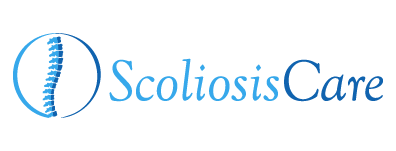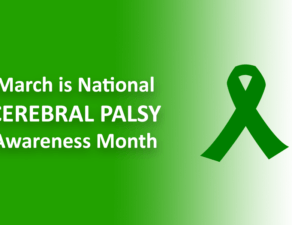
TAMPA, Fla. – Dr. David Siambanes, the founder of Scoliosis Care in Tampa, is encouraging parents to be proactive with their children’s health and grades by scheduling any physician-recommended medical procedures during summer months.
Research shows that missing just 10 percent of school, or approximately 18 days has a significant negative impact on a student’s academic performance.
According to Siambanes, a typical scoliosis surgery requires between three to six weeks of recovery time before children can be cleared to return to class and up to four months to safely return to participation in sports or other physical activities.
Siambanes recommends calendarizing spinal surgery over the summer to minimize the number of school days missed for young adults undergoing the long, at-home recovery process.
“Many parents are aware of the impact that missing school days can have on their child’s academic achievement. Each patient has unique needs and schedules, so we work closely with parents to determine the best time for surgery and do our best to minimize the impact on the school year,” said Siambanes. “Scheduling surgery for the summer months gives children and teens ample time to recover, fewer missed days of school and a newfound sense of confidence to begin the new school year.”
Although scheduling surgeries during summer months has many advantages for students, for some it may not be ideal. Siambanes encourages parents to seek guidance from their child’s physician to determine the best time for surgery, even if it occurs during the school year.
“If surgery is required during the school year, this does not necessarily mean that a child’s grades will suffer. Creating a unified support system between a child’s parents, teachers and doctors, can help mitigate the challenges of missing classes,” said Siambanes.
According to the Scoliosis Research Society, the signs of scoliosis can include:
• One shoulder may be higher than the other.
• One scapula (shoulder blade) may be higher or more prominent than the other.
• With the arms hanging loosely at the side, there may be more space between the arm and the body on one side.
• One hip may appear to be higher or more prominent than the other.
• The head may not be exactly centered over the pelvis.
• The waist may be flattened on one side; skin creases may be present on one side of the waist.
• When the patient is examined from the rear and asked to bend forward until the spine is horizontal, one side of the back may appear higher than the other.
Dr. David Siambanes is a board-certified orthopedic surgeon and an expert in both operative and non-operative treatment of all forms of spinal deformities. In his current role at Scoliosis Care, Siambanes focuses on providing treatment for pediatric and adult-stage spinal deformities.







